Ever driven a car that feels more like a rollercoaster than a sedan? Or heard that unsettling clunk every time you hit a pothole? Suspension issues have a sneaky way of creeping up, turning smooth rides into bumpy nightmares, and making simple commutes stressful. Sometimes, warning signs are subtle—like uneven tire wear you spot while washing your wheels—but other times they're loud and proud, rattling your confidence on every turn. The thing is, suspension isn't just about soaking up bumps; it's the backbone of your car’s handling, safety, and comfort. Let’s dig deep and handle suspension problems head-on, so you’re not stuck bouncing all over town or shelling out piles of cash for preventable repairs.
Spotting the Signs: How to Recognize Suspension Problems
Knowing what trouble looks like is half the battle with suspension. Most people know the basics—a bumpy ride or a car leaning to one side aren't good—but the devil’s in the details. Start with the test drivers have used for decades: the bounce test. Press down on the front and rear of your car and release. If it bounces more than twice, your shocks or struts could be shot. But there are other less obvious clues.
Your steering might feel loose or wobbly. The car could pull to one side on flat pavement. You might hear clunking, rattling, or squeaking, especially over potholes or speed bumps. Even a nose dive when braking can signal front-end trouble. If you’ve recently noticed your brakes seem fine but you still lunge forward a little, time to suspect the suspension.
Tire condition speaks volumes. If your tires look like they were chewed on one side, or there’s more wear on the inside or outside, alignment and suspension should top your suspect list. Also, take a look under the car. Shocks or struts that look greasy could be leaking fluid—meaning they can’t do their job. In fact, a 2023 survey from the Car Care Council found nearly 70% of vehicles in their spring checkup clinics had at least one worn or leaking shock or strut.
Even your ride height tells a story. If one corner is lower, that’s a red flag for a busted spring or collapsed shock. Here’s a simple trick: park your car on level ground, grab a measuring tape, and check the distance from the fender to the ground at each wheel. If one’s off by more than half an inch, you’ve probably found the culprit. Pay attention, too, to how your car feels during regular driving. If your steering wheel vibrates despite balanced wheels, or you hear rhythmic thumping that seems to match your speed, let your brain ping “suspension” before you blame tires alone.
Want some hard data? Take a look at this quick table for common symptoms and where to start looking:
| Symptom | Possible Suspension Culprit |
|---|---|
| Bouncy ride | Worn shocks or struts |
| Clunking over bumps | Loose ball joints or bushings |
| Pulling to one side | Tie rods, control arm, or uneven tire pressure |
| Steering feels loose | Worn steering linkage or rack |
| Uneven tire wear | Misalignment, failing shocks, or bent components |
With just a few tricks and a sharp eye—or ear—you’ll spot most suspension trouble before it spins out of control. No need for fancy diagnostic tools. All you need is a curious mind and maybe a flashlight.
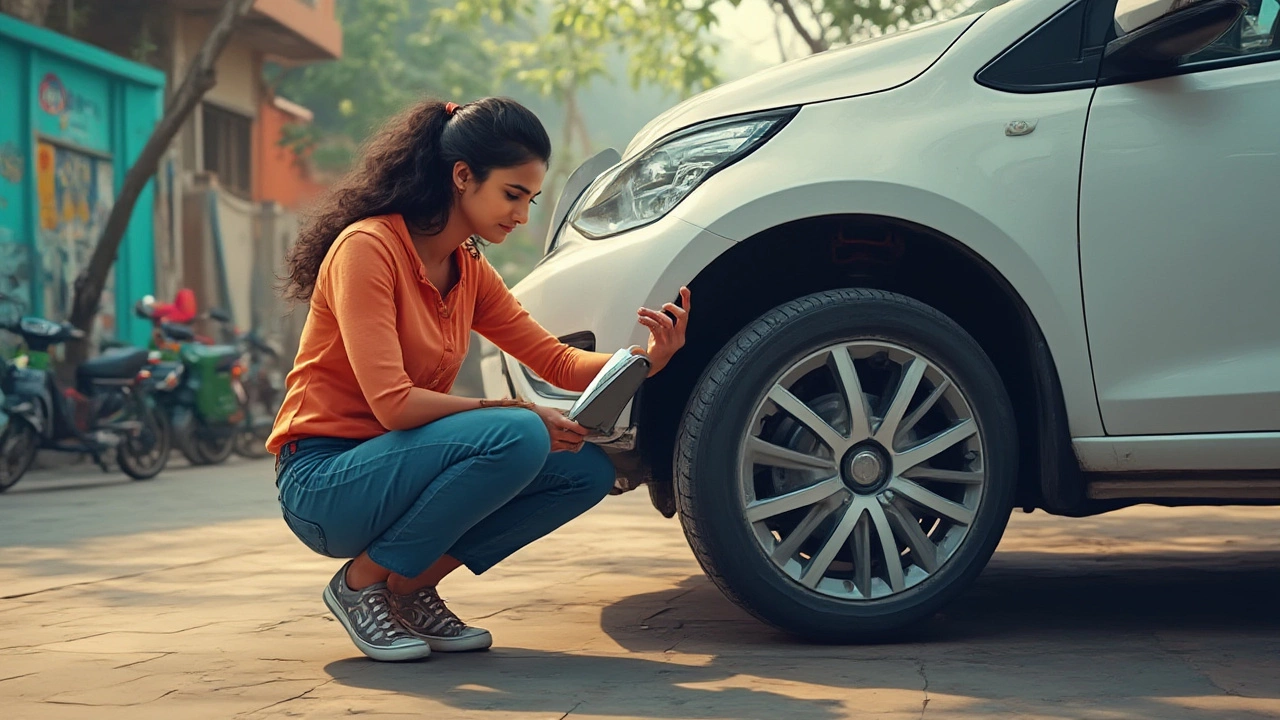
Rolling Up Your Sleeves: Step-by-Step Troubleshooting and DIY Checks
Once you’re suspicious, don’t just hand over your keys to the nearest mechanic. There’s a lot you can figure out yourself with just a jack, a flashlight, and good old-fashioned patience. The goal isn’t just to save money, it’s about knowing what’s really up with your ride.
Start with the tires—seriously, they’re the gateway to your suspension’s health. Check the air pressure, ensure the tread is even, and spin each wheel to listen for odd noises. Next, jack up the car and wiggle the wheels side-to-side and up-and-down. If there’s play, tie rods or ball joints could be loose. Got clicking or popping? That might be worn bearings or CV joints, too.
For shocks and struts, look for drips. A working shock stays dry—even after a rainstorm or car wash, the telltale oil streak stands out. Give the shock body a wipe with a white paper towel to spot leaks. Push and pull on the suspension arms. If they shift or there are visible cracks in the bushings, those rubber cushions probably need attention. Try turning your steering wheel with the car off and watch the linkage. If it clunks or feels jerky, bushings or steering components need a closer look.
Inspect springs for cracks or sagging. Sometimes, springs break or rust out where they can’t be seen without removing wheels. Use a strong flashlight. While you’re there, examine the sway bar and its links. These small parts can make big noises when they go bad, but they’re cheap to fix if caught early.
A quick check of the alignment can save headaches, too. Take your car for a slow drive on a straight, flat road. Release your grip gently (while staying ready to steer, of course!)—does the car veer to one side? If yes, either your alignment or suspension geometry is off. At home, you can measure toe-in and camber with simple tools, but honestly, nothing beats a professional’s alignment machine for accuracy. Still, knowing how things behave before heading in gives you more confidence talking with the pros.
Water, salt, and mud are the enemies of suspension parts. If you live in an area where roads are salted in winter, always check for rust—especially on coil springs and mounting brackets. Rust compromises strength and can spell disaster if left to fester. Lube up accessible bushings with a silicone-based spray to keep squeaks at bay, too.
Troubleshooting suspension, for most folks, is about being logical, methodical, and calm—not about being a gearhead. The trick is to connect the symptom to the likely part, so you don’t chase ghosts under the hood. And if DIY isn’t your thing, arming yourself with this info speeds up repairs and saves you from unnecessary upsells at the shop.
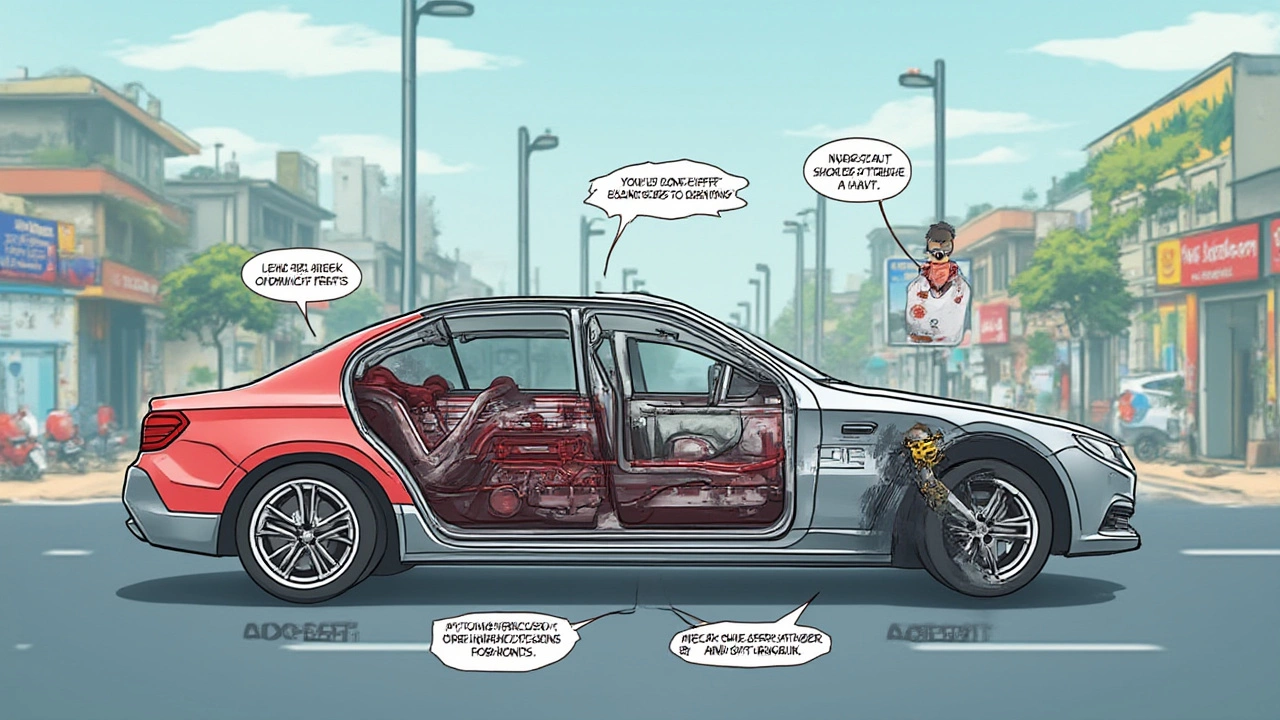
When and How to Fix: Repairs, Costs, and Practical Tips
Not every suspension problem means replacement, but ignoring issues only makes them more expensive. So, when do you fix and when do you wait? Shocks and struts almost always need swapping when leaking or bouncy—most last between 50,000 to 100,000 miles, but driving habits and road conditions matter. If you’re someone who regularly hauls cargo or drives rough country roads, expect to replace parts sooner.
Ball joints, tie rods, and bushings are harder to predict. If they’re loose or torn, change them out soon. They’re crucial for holding your wheels in place—letting them fail could cost you new tires or even a new control arm down the line. Broken springs aren’t safe, period. While the car might "sit fine," one pothole could be too much and lead to unpredictable handling or worse.
Let’s talk numbers. According to AAA, the average cost to replace a pair of shocks or struts in 2024 was $450–900, parts and labor together. Ball joints and bushings can range from $100 for a single replacement to $400 or more if deeper dismantling is required. Wheel alignment is usually the most affordable fix—typically around $100—but saves hundreds by keeping tire wear even.
If you decide to fix things yourself, always use proper jack stands. Never trust a jack alone—your safety isn’t worth the shortcut. Invest in quality parts; cheap components wear out fast and can end up costing more when you factor in repeat labor or worse, a roadside failure. Call a friend to help if prying off big bolts or compressing springs—it can be dangerous alone, and a second set of hands helps keep things in check.
Want to keep suspension costs low? Preventative care is your best bet. Clean underside bits twice a year, especially after winter. Address weird noises the week they show up, not six months later. If a tire shop says you’ve got a suspension issue, ask them to explain, show you the worn part, and take photos. Honest shops don’t mind educating drivers.
If you’re chasing persistent mysteries—maybe the clunk that comes and goes, or that very slight lean—consider recording short videos or keeping a log. A pattern might emerge, helping you nail down root causes way faster. And don’t hesitate to join forums or Facebook groups for your specific car model. Suspension quirks are sometimes tied to unique model-year gremlins that only owners can spot. You’ll learn what’s "normal" for your car versus what really needs attention.
Keep in mind, too, that most modern cars now alert you with dashboard lights if they sense stability or ride control failures. If you get a warning like "Service Suspension System," don’t ignore it. Sometimes it’s a minor sensor out of whack, but it’s just as likely the car is giving you a heads-up before a more expensive component fails.
To sum up, suspension health is something you control more than you think. Recognize the warning signs, use hands-on troubleshooting, and fix things promptly. Whether you’re wrenching in your driveway or working with a seasoned mechanic, you’ll get *more* out of every drive—less bounce, more control, and safer travels.



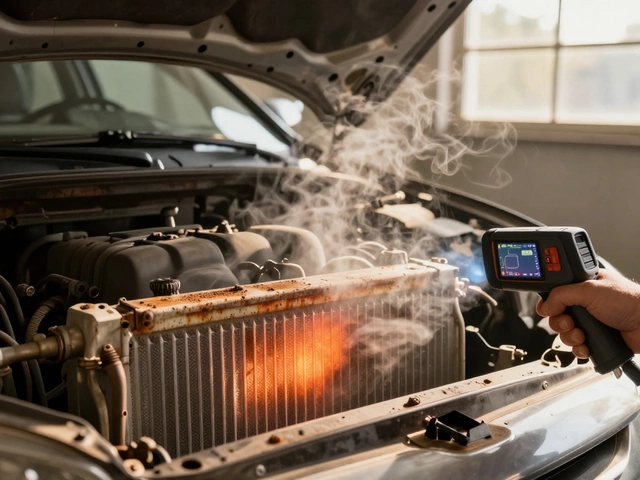


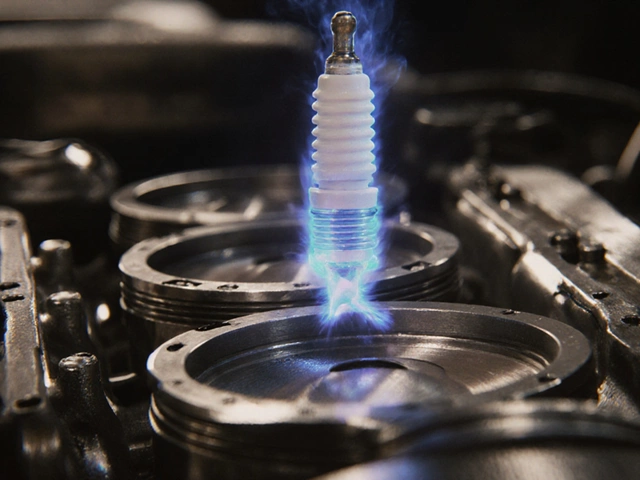



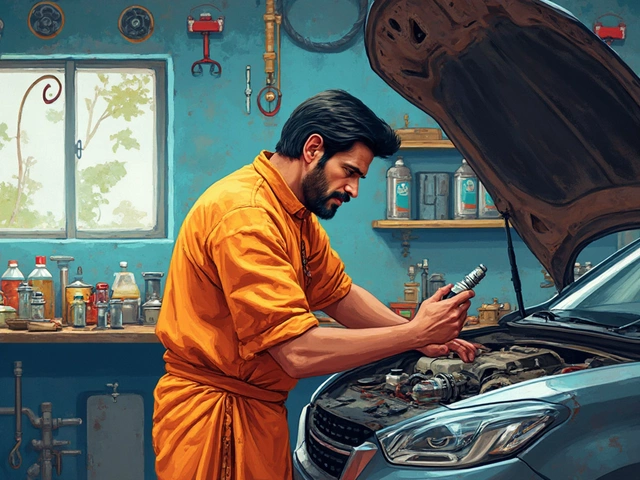
Write a comment